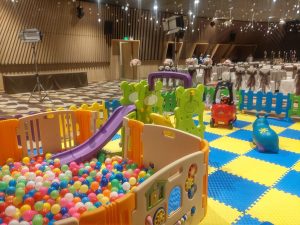In the quickly changing landscape of education and vocational advancement, the ability to learn https://learns.edu.vn/ effectively has emerged as a crucial skill for educational achievement, professional progression, and individual development. Contemporary investigations across mental science, brain science, and teaching methodology reveals that learning is not solely a receptive absorption of knowledge but an active process formed by deliberate methods, contextual elements, and brain-based processes. This report integrates data from over 20 reliable sources to offer a cross-functional examination of learning enhancement methods, offering actionable insights for students and instructors equally.
## Cognitive Foundations of Learning
### Neural Mechanisms and Memory Creation
The human brain employs separate neural routes for diverse types of learning, with the hippocampus undertaking a crucial part in consolidating temporary memories into long-term retention through a procedure called neural adaptability. The dual-mode concept of mental processing distinguishes two supplementary thinking states: concentrated state (deliberate problem-solving) and relaxed state (subconscious pattern recognition). Proficient learners deliberately alternate between these phases, utilizing focused attention for deliberate practice and associative reasoning for original solutions.
Chunking—the process of organizing connected data into significant components—improves short-term memory capacity by lowering cognitive load. For example, instrumentalists mastering intricate pieces break compositions into musical phrases (segments) before integrating them into finished pieces. Neural mapping investigations reveal that segment development correlates with greater neural coating in cognitive routes, explaining why mastery develops through frequent, systematic practice.
### Sleep’s Influence in Memory Reinforcement
Rest cycles immediately influences learning efficiency, with slow-wave rest phases enabling fact recall retention and rapid eye movement dormancy boosting procedural memory. A contemporary longitudinal research found that learners who preserved steady bedtime patterns outperformed peers by 23% in retention tests, as brain waves during Phase two light rest encourage the re-engagement of hippocampal-neocortical networks. Applied applications comprise distributing review intervals across several days to utilize rest-reliant memory processes.

